The patient, Mrs. NTT, was hospitalized due to rapid abdominal enlargement, tension, and deformity in the right hypochondrium and flank area over the past three months. The patient had a history of chronic pneumonia, average physical condition, and no history of cancer.
Through clinical examination, doctors discovered a large, firm mass with relatively clear boundaries and limited mobility in the right hip-lumbar region.

CT scan of the patient's abdomen.
Imaging (CT scan of the abdomen with contrast) showed a retroperitoneal mass measuring 28 × 15 cm, mixed structure of fat and solid tissue, compressing the abdominal organs but showing no signs of invasion of adjacent organs. Combining clinical and imaging findings, the patient was diagnosed with retroperitoneal liposarcoma.
The case was assessed as high risk due to the patient's old age, underlying respiratory disease and the large tumor infiltrating the abdominal wall muscles. The risk of massive blood loss and hemodynamic disturbances during surgery was predicted. After multidisciplinary consultation, the patient was indicated for radical tumor resection.
The surgical team opened the abdomen along the midline above and below the umbilicus, extending to the right, with an incision of about 30 cm. During the surgery, a pale yellow mass was noted, infiltrating the right psoas muscle, without invading the organs, but the tumor had unclear boundaries, and infiltrated between the organs and the abdominal wall muscles, making dissection difficult.
The surgeon carefully dissected along the anatomical plane, controlling the small vascular branches, avoiding damage to the surrounding organs. The entire tumor was removed intact, weighing nearly 4 kg, measuring 28 × 15 cm. Estimated blood loss was < 300 ml, no blood transfusion was required during surgery.
After surgery, the patient was actively resuscitated, hemodynamics were stable, no bleeding or surgical site infection was recorded. Histopathology results confirmed: anaplastic liposarcoma, negative tumor cell resection margin (R0). The patient recovered well and was discharged after 7 days.
Retroperitoneal Liposarcoma (RPLS) is a rare soft tissue malignancy, accounting for about 15–20% of retroperitoneal sarcomas. The disease progresses silently, usually only detected when the tumor reaches a large size, causing compression of adjacent organs.
Radical surgery with negative margins (R0) is the standard treatment, determining the prognosis. However, the local recurrence rate is high (30–50%), especially in the first 2–3 years after surgery, due to the diffuse nature of the tumor tissue in the retroperitoneal space. Therefore, regular follow-up with ultrasound or CT scan every 6–12 months is necessary. The role of adjuvant radiotherapy or chemotherapy is limited.

A soft tissue sarcoma tumor weighing nearly 4kg was removed from the patient's body.
Through this case, Dr. Le Van Thanh - Head of General Surgery Department, Deputy Director of Hanoi Oncology Hospital, recommends that people, especially the elderly, should have regular health check-ups to detect early abnormalities in the abdomen.
When seeing signs such as an abnormally large abdomen, dull pain in the lumbar region, or a feeling of a hard, mobile mass in the abdomen, people should immediately go to a specialized medical facility for examination, diagnosis, and timely treatment.
 Preoperative treatment in gastric cancer
Preoperative treatment in gastric cancerSource: https://suckhoedoisong.vn/bung-cu-ba-to-bat-thuong-cang-tuc-bac-si-phau-thuat-lay-ra-khoi-u-ac-tinh-gan-4kg-169251103172509352.htm





![[Photo] Closing of the 14th Conference of the 13th Party Central Committee](https://vphoto.vietnam.vn/thumb/1200x675/vietnam/resource/IMAGE/2025/11/06/1762404919012_a1-bnd-5975-5183-jpg.webp)









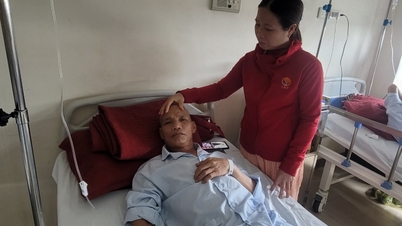



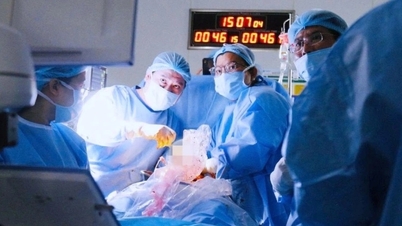







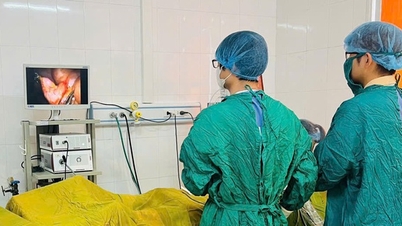




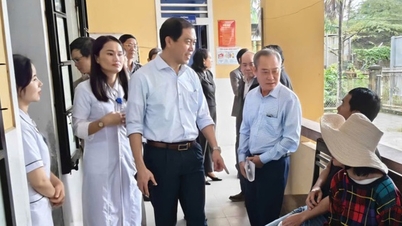

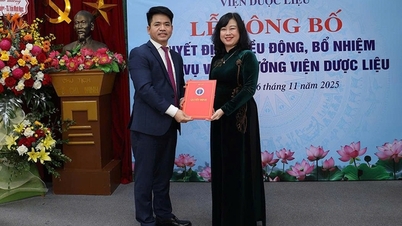

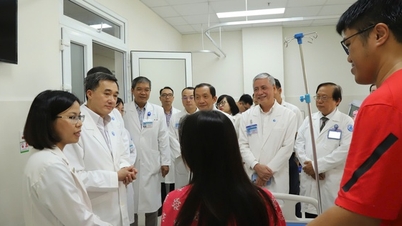



























































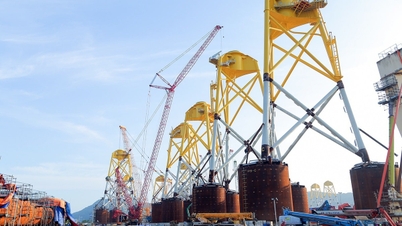














Comment (0)